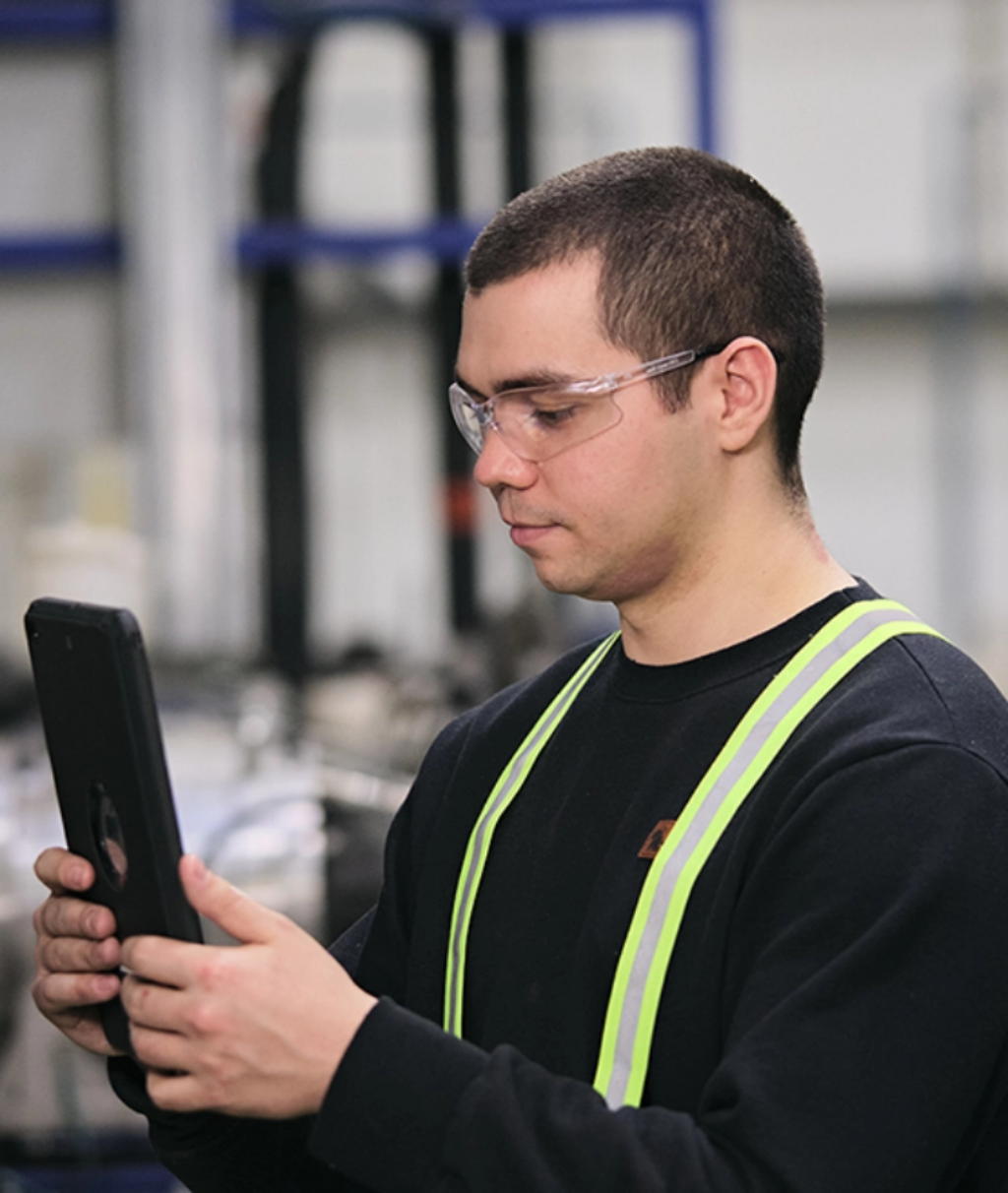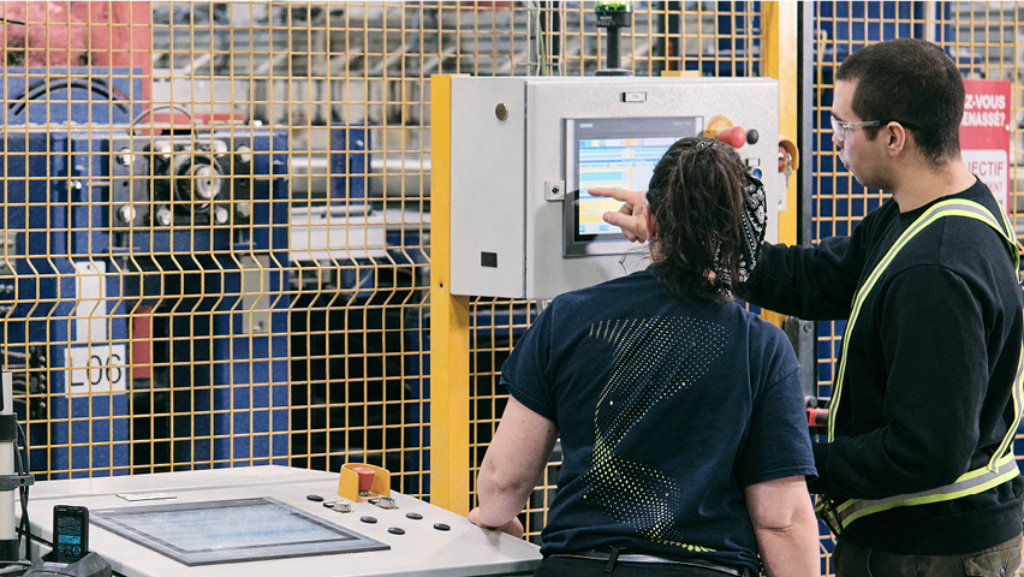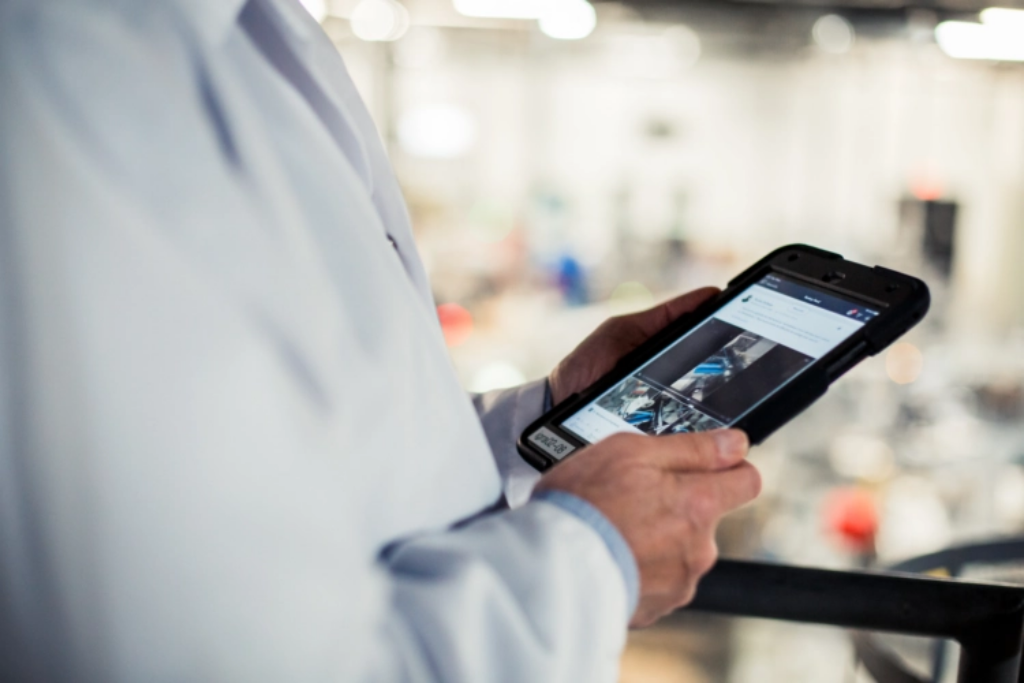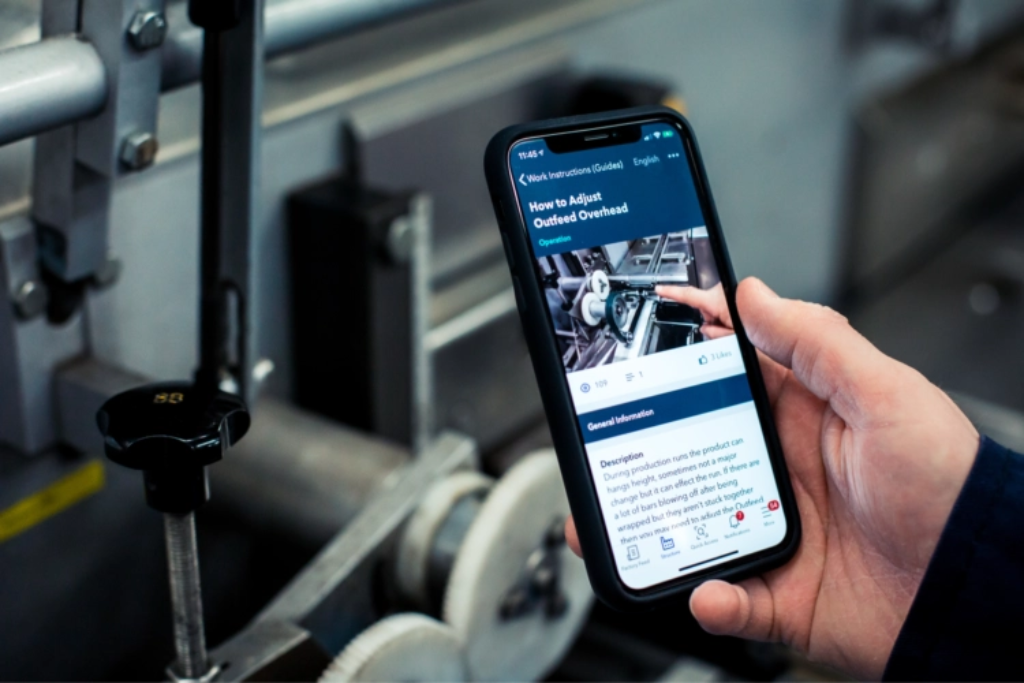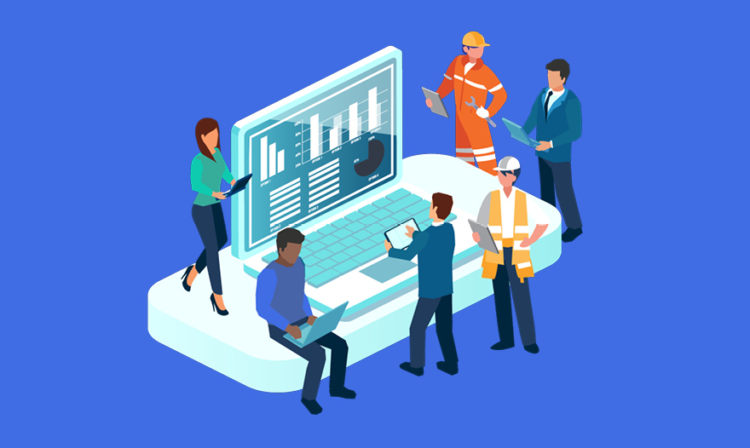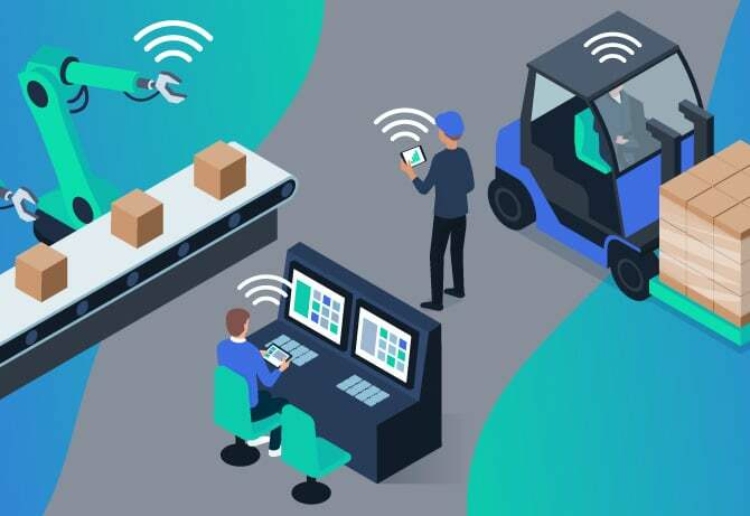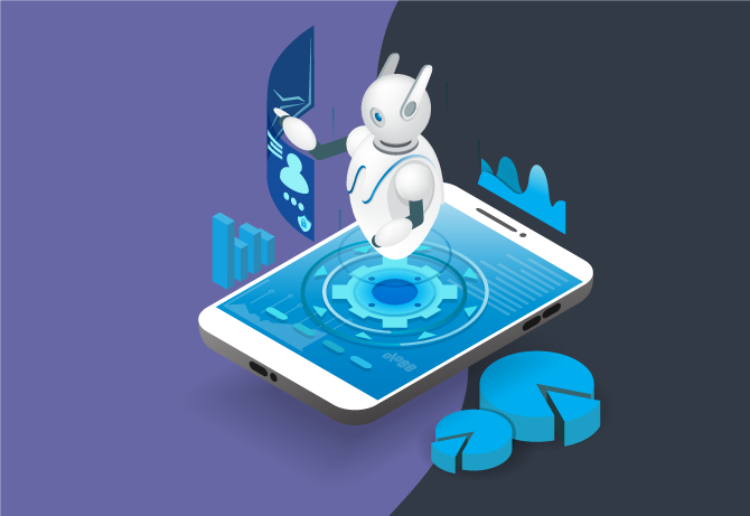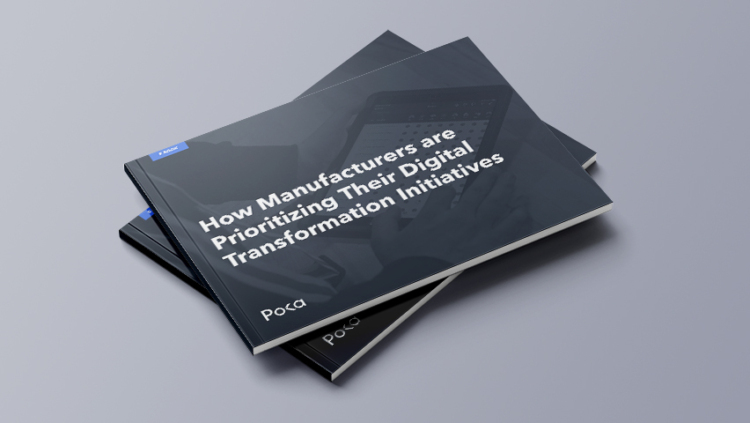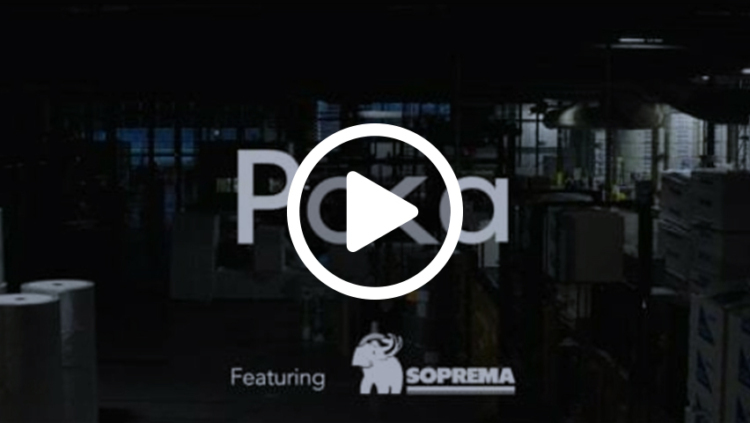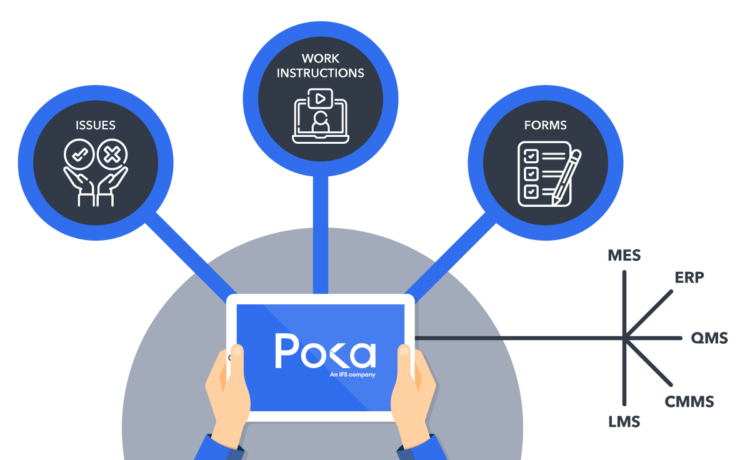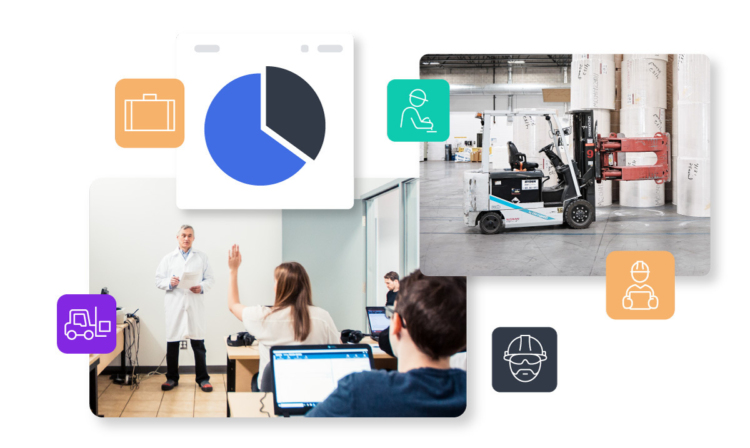Welcome to Connected Worker 101
In this extensive guide, we explore what it means to adopt a connected worker solution and how it can optimize your manufacturing operations. You'll gain insights into the essential components of a successful platform, from streamlining communication to enhancing workforce collaboration and boosting productivity. Through actionable strategies, this guide will help you understand how a connected worker solution can address key industry challenges and empower your frontline workers for the future of manufacturing.
